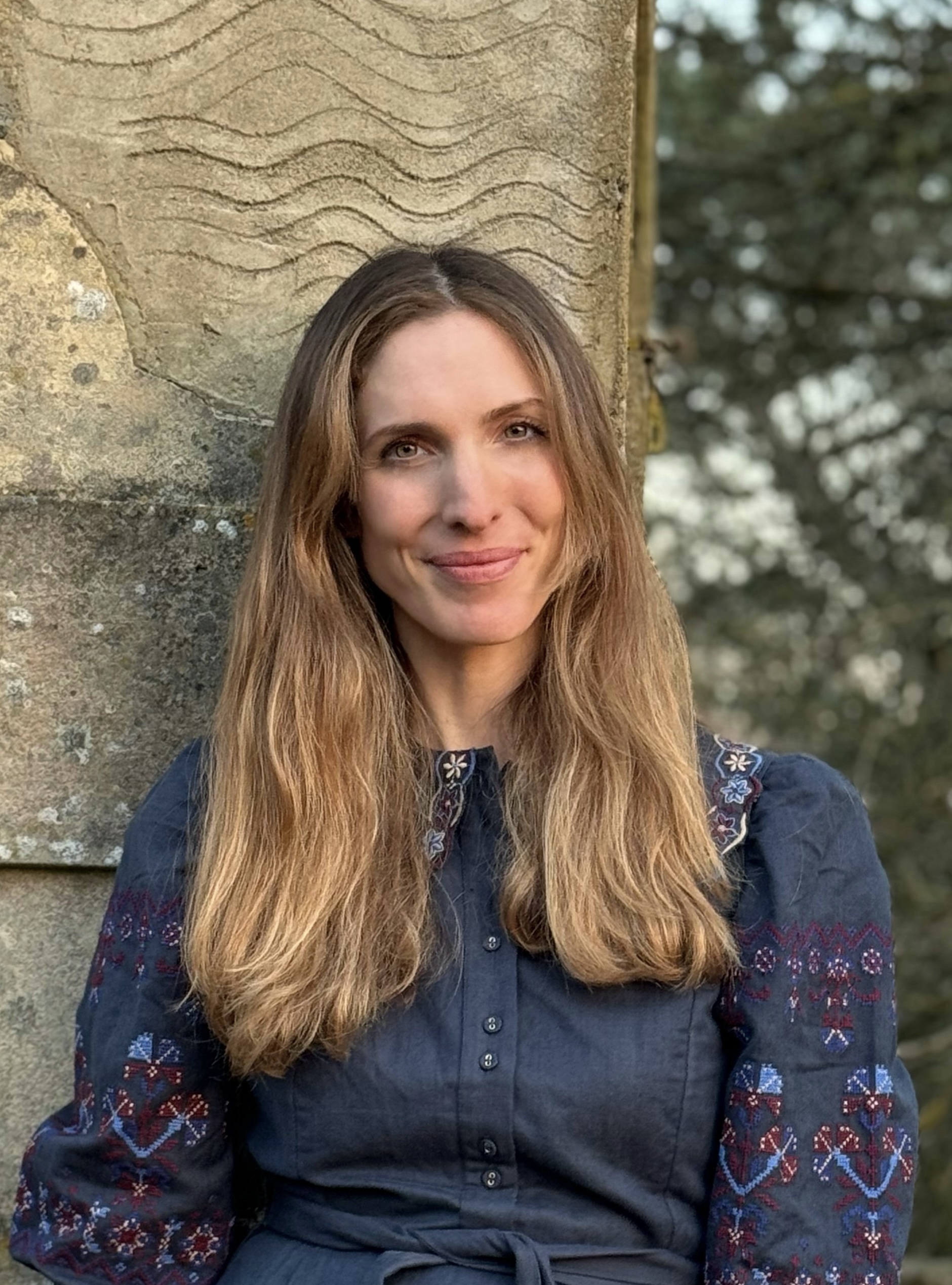The foundry where Barbara Hepworth, Henry Moore and Nic Fiddian-Green cast their bronzes
One of the oldest foundries in the world, Morris Singer in Hampshire has a long and storied past, creating art and sculpture for everyone from artists to dictators.

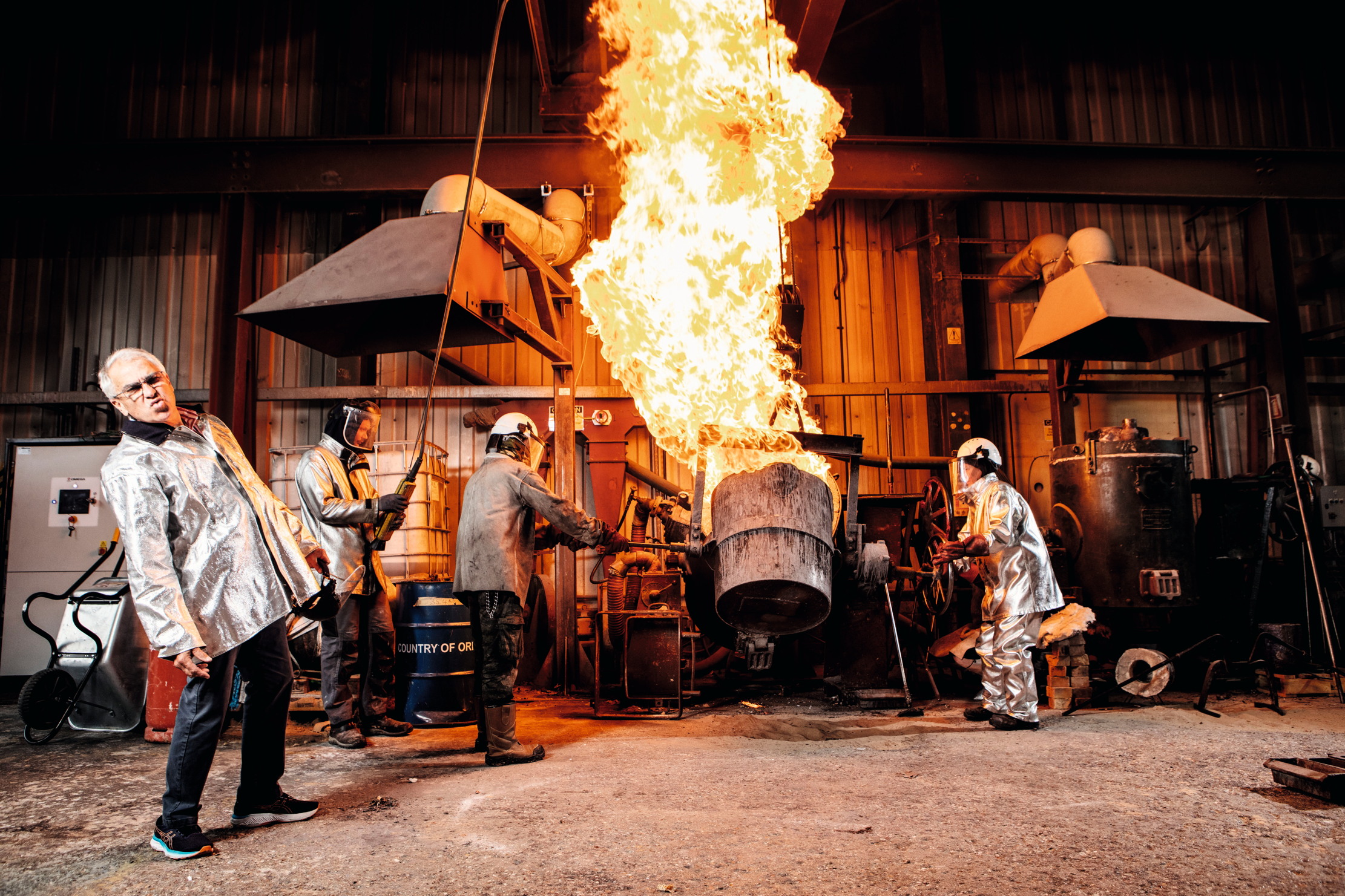
Tucked away off a winding lane in rural Hampshire, surrounded by rolling fields on the edge of an airfield, is what appears to be, at first glance, a small industrial estate. The unremarkable entrance belies the extraordinary hive of creativity that is buzzing away inside the collection of warehouses and steel-frame buildings.
This is the home of Morris Singer, one of the oldest art foundries in the world, which has made some of the country’s most famous public sculptures, as well as countless private commissions. It’s likely that you’ve passed by many of its pieces without realising it, whether it’s the renowned lions that preside over Trafalgar Square or the enormous statue of Boadicea and her chariot that parades on Westminster Bridge by the Houses of Parliament.
As one of the few specialist art foundries in the UK, with a long history of taking on international projects, it’s a busy place, with 20 full-time employees, as well as a steady stream of artists dropping in to check on their precious works in progress. There’s a constant cacophony of noise: the high-pitched metallic screech as bronze is cut, welded and polished; sonorous clangs and dongs as raw materials are hauled from one part of the foundry to another; the gentle hum of machinery; the quiet murmur of conversation. ‘It’s a very unusual business,’ confesses John Berelowitz, who has owned the foundry since 2011. ‘No two days are the same. There’s always something interesting going on — we have lots of different artists coming and going and the pieces we make are incredibly varied.’
Morris Singer’s roots date back to the 19th century, when John Webb Singer established a metalworking business in Frome, Somerset. It started out specialising in ecclesiastical commissions, for which there was huge demand at the time, thanks to the Victorians’ fondness for building churches. Before long, the company branched out to monuments, reflecting the fortunes of the rapidly expanding British Empire. In 1927, Morris Singer merged with the Morris Art Bronze Foundry and relocated to London, becoming based between premises in Walthamstow and Lambeth. Four decades later, the foundry was on the move again, this time setting up in Basingstoke, where it entered something of a golden era.
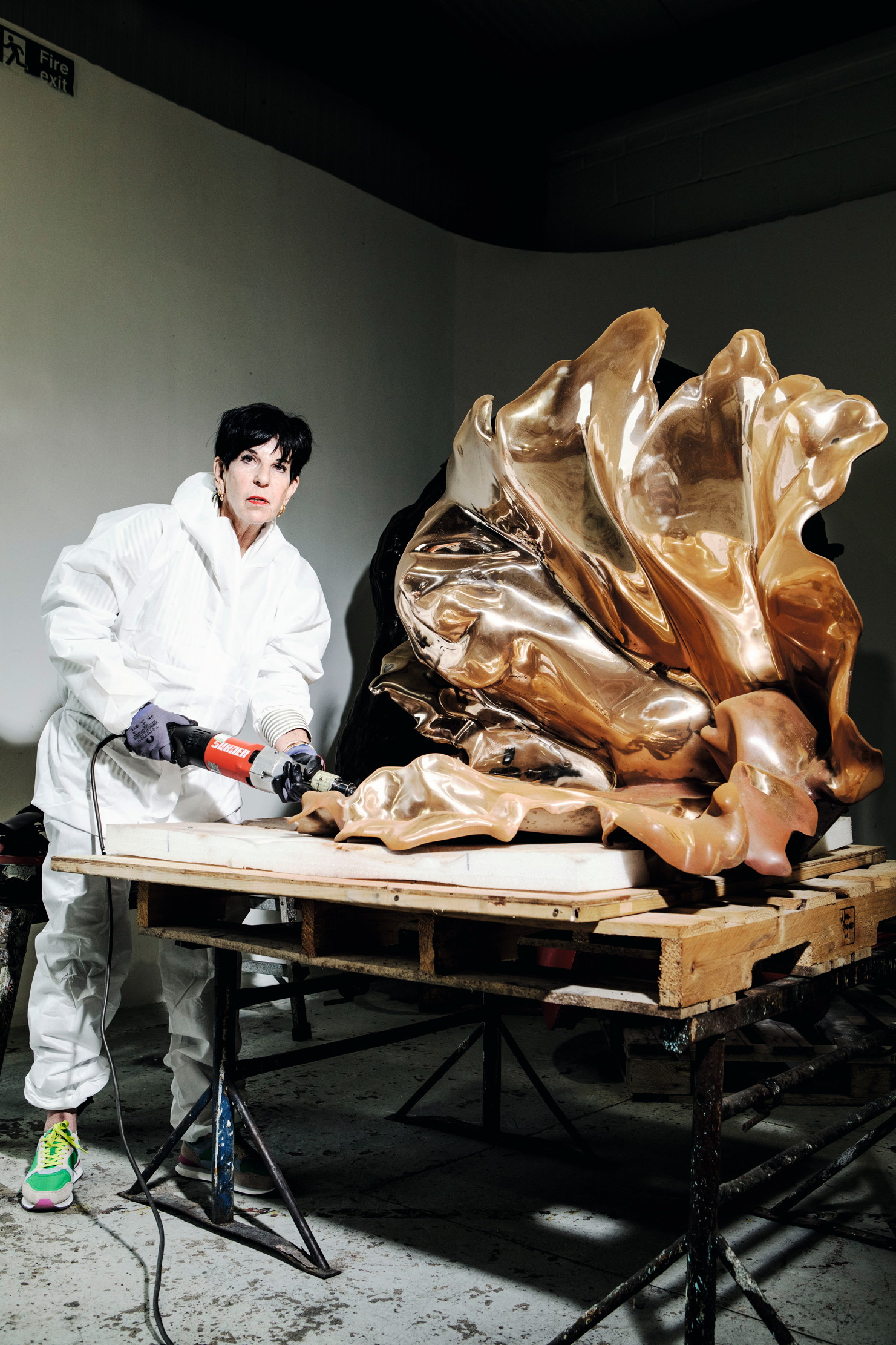
By this time, it was the largest foundry in Britain and staff worked alongside the 20th century’s most famous sculptors, including Henry Moore and Dame Barbara Hepworth. It also produced a remarkably diverse array of public monuments that found their way across the globe. Among its biggest creations were two enormous sets of crossed swords that were installed in Baghdad at the behest of Saddam Hussein, who was then the president of Iraq. A subsequent commission from the Iraqi government, the payment of which was defaulted upon, forced the foundry into financial difficulties in the early years of the new millennium. A further stroke of bad luck followed in 2010, when a global recession teamed with rising costs of materials resulted in the company going into administration.
It was at this point that Mr Berelowitz stepped in. Having spent his early life in South Africa, he had a background in the textile industry, before turning his attention to the process of creating bronzes. This change of career was partly due to the fact that he had married a sculptor — his wife, Jill Berelowitz, makes pieces in bronze, steel and resin and has undertaken numerous public works, all of which are now cast at Morris Singer.
It is Mr Berelowitz who oversees the day-to-day running of the foundry, which has expanded once more under his stewardship. ‘Our biggest challenge is finding skilled people,’ he explains. ‘In a foundry, you’re dealing with a lot of artists — they’re all personalities, but you need them to be a strong team. In a setting such as this, it’s vital that each individual is able to communicate well, as they all need to work together.’
Exquisite houses, the beauty of Nature, and how to get the most from your life, straight to your inbox.
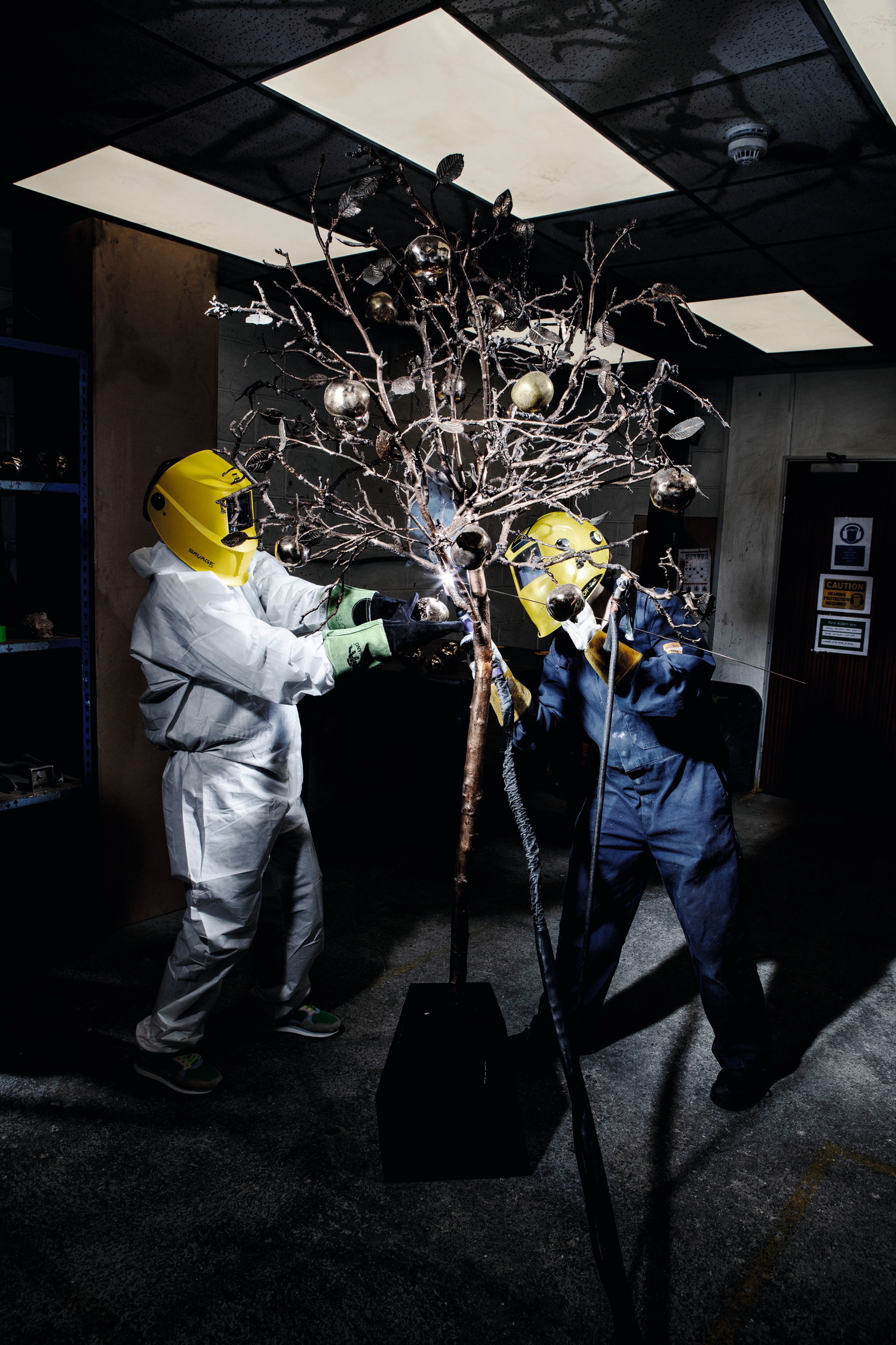
It’s hardly surprising that good communication is a priority. The art of bronze casting is incredibly complex and requires a number of different processes, with each individual step demanding a particular set of specialist skills. It begins with the artist creating an initial sculpture either in clay or plaster or else providing a digital file that can be turned into a physical form with the aid of a 3D printer. A silicone mould is then made, which is encased in hard plaster in order to support the pliable rubber.
Once that’s done, the inside of the silicone mould is painted in wax, which is left to harden before the outer shell is peeled away. At this stage, any remedial work will be carried out by one of the in-house specialists and the artist will usually check the wax mould to make sure no detail has been lost. Next, depending on the size, the mould is cut into manageable sections and runners and risers are attached to make the casting process easier — these look like spindly rods and give it a somewhat spider-like appearance. The entire thing is cast in clay, before being heated in a kiln so that the wax pours out, leaving a negative cavity.
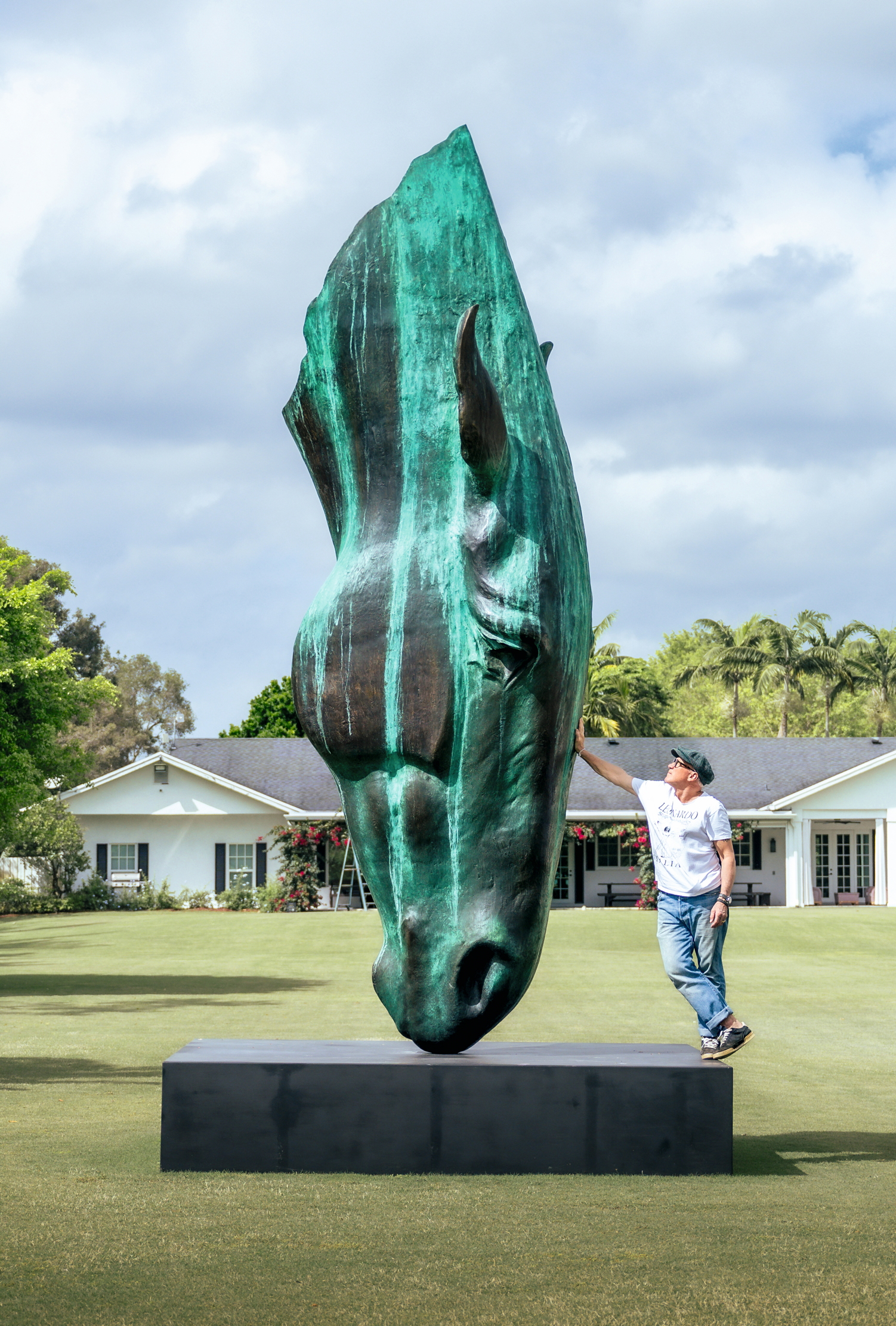
It’s only at this point that the pouring of the bronze can take place — which is something of an event to watch. Bars of silicone bronze are melted down in a furnace, then the crucible of luminous molten metal is carefully decanted into the clay moulds, which are buried in sand, both for safety and support.
Once it has cooled, the ceramic shell is broken away, the runners and risers are cut off and the different sections are welded together, something that requires especially talented metalworkers, as the joins need to be invisible. Finally, a colourist applies the patina and the piece is finished at last.
It’s a process that involves an immense amount of care and collaboration. Zoë Carmichael, the sculptor-in-residence for the Household Cavalry, has her work cast at the foundry. Two ceramic maquettes of military steeds from Hyde Park Barracks are lined up on a workbench — the sheer detail is breathtaking, from the curve of their ears to the elaborate ornamental tooling on their ceremonial tack.
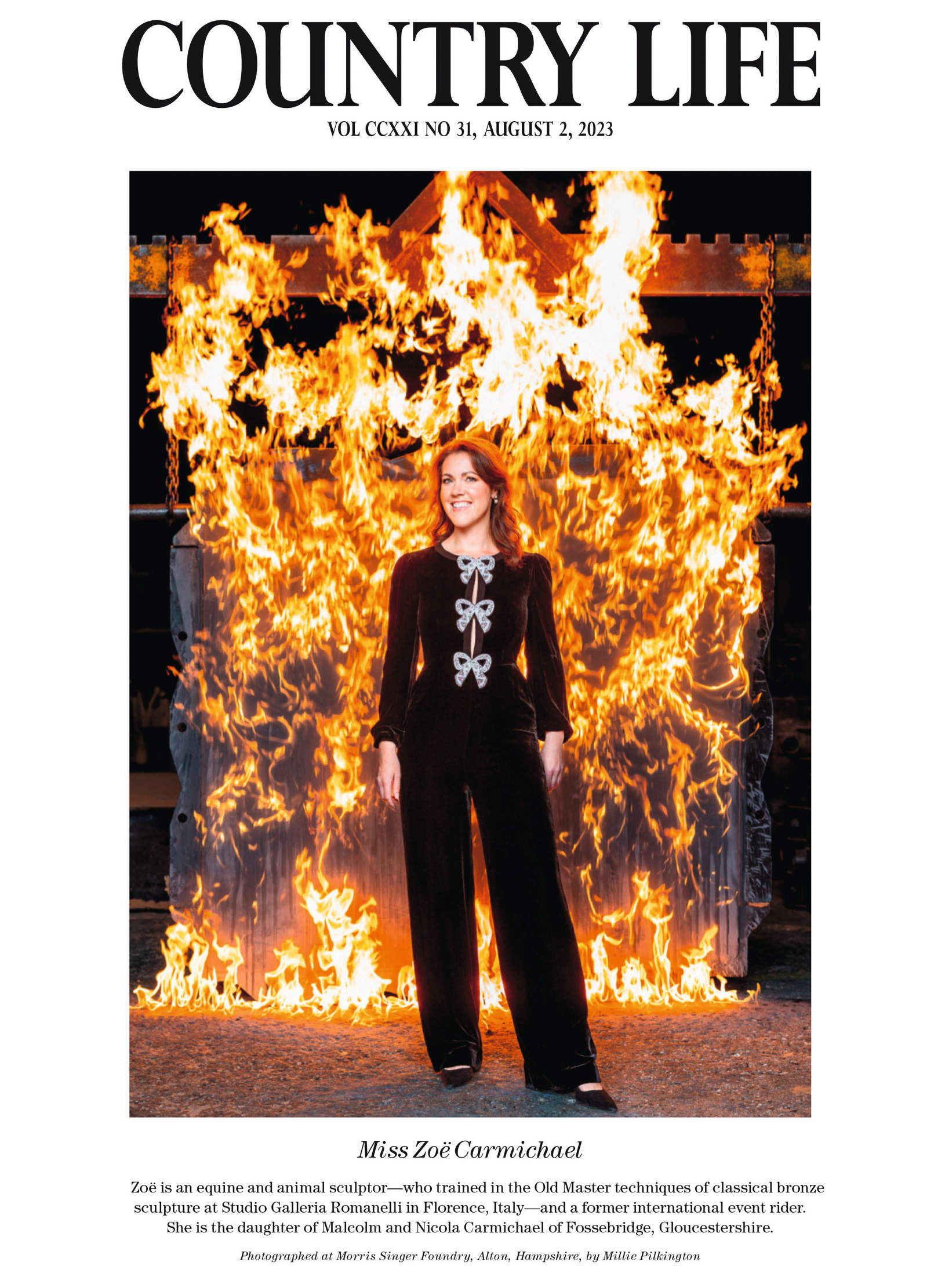
It’s no small achievement to translate a masterpiece in clay into bronze, yet it’s something that Morris Singer does on a daily basis. Whether it’s several enormous horse heads by Nic Fiddian-Green, occupying most of the floor space in one of the warehouses, or the modestly proportioned replicas of a Benjamin Disraeli sculpture — a private commission to reproduce a precious family heirloom — the evidence of the company’s craftsmanship is everywhere you look. British sculptor Mark Coreth is another outstanding artist to use the Hampshire foundry.
Despite being at an age when many of his contemporaries might be contemplating retirement, Mr Berelowitz has no intention to do anything of the sort. ‘I’m still working because I love it,’ he admits. ‘I wake up some mornings and think “Oh my goodness, I feel old” and then I get to the foundry and feel rejuvenated. It’s such a dynamic, creative, exciting environment. Every artist brings something different, so you’re constantly learning.’
It’s lucky that Morris Singer has found itself in the hands of such a passionate custodian. It may be one of the oldest art foundries in existence, but its future looks brighter than ever.
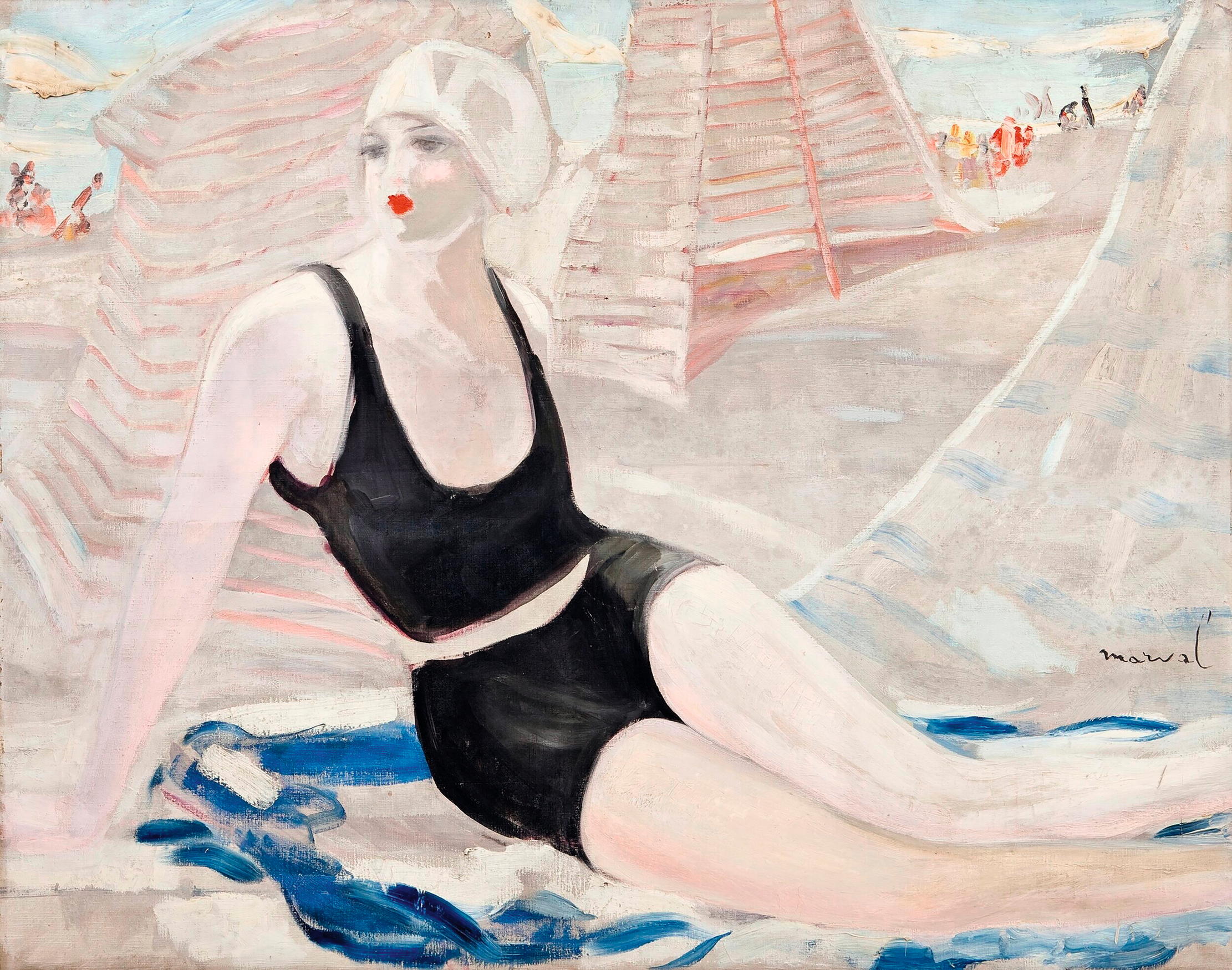
Paris 1924, when sport came headfirst into an intoxicating mix of art, fashion and desire
When the Olympics opened in Paris in 1924, the French capital was already gripped by a ferocious blend of art,
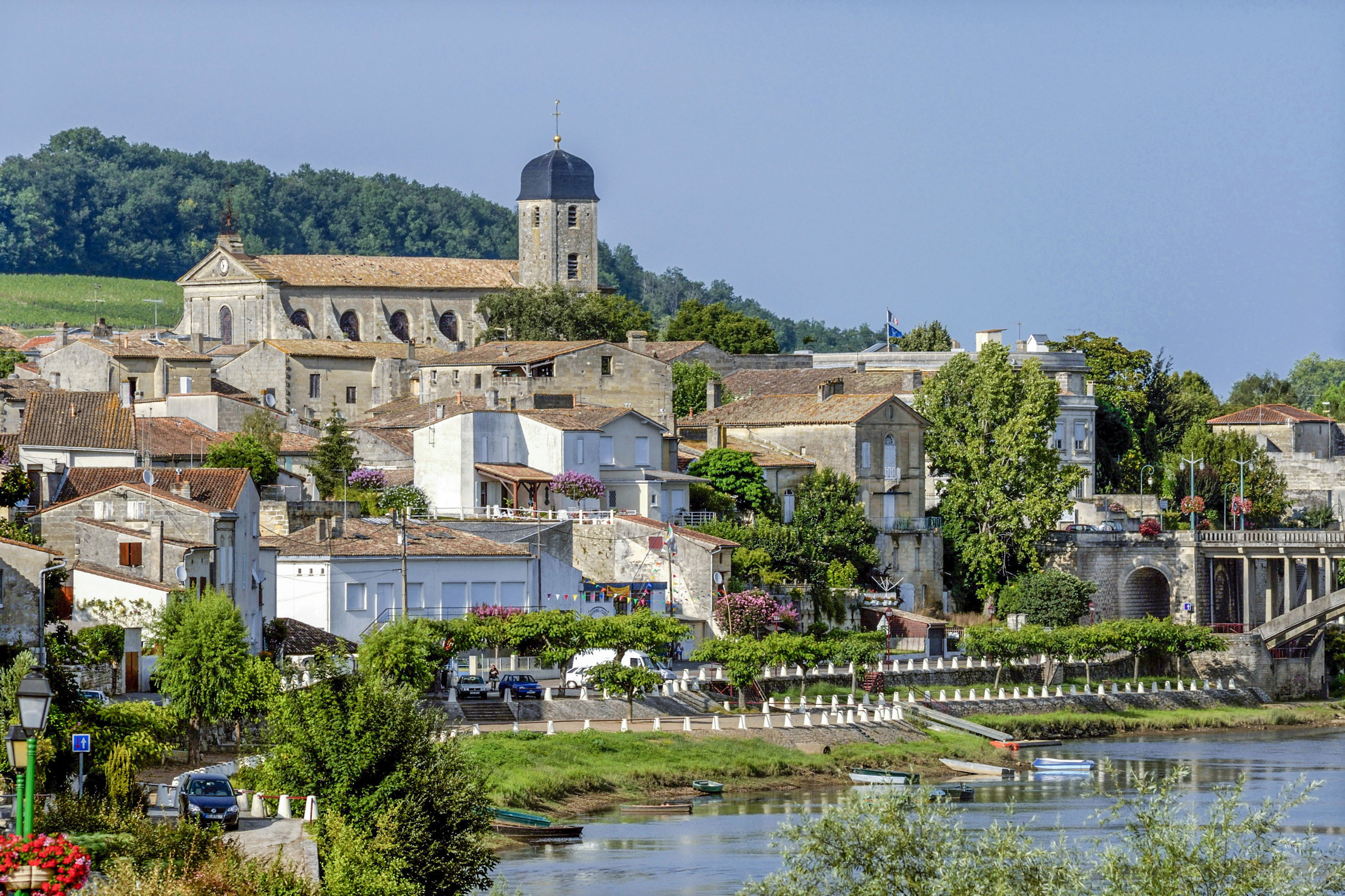
Farewell to the arms: The humbling English defeat to the French that you've never heard of
A 15th-century cannon, an 18th-century flintlock belt-pistol and two swords excavated near Castillon, the site of the battle that ended
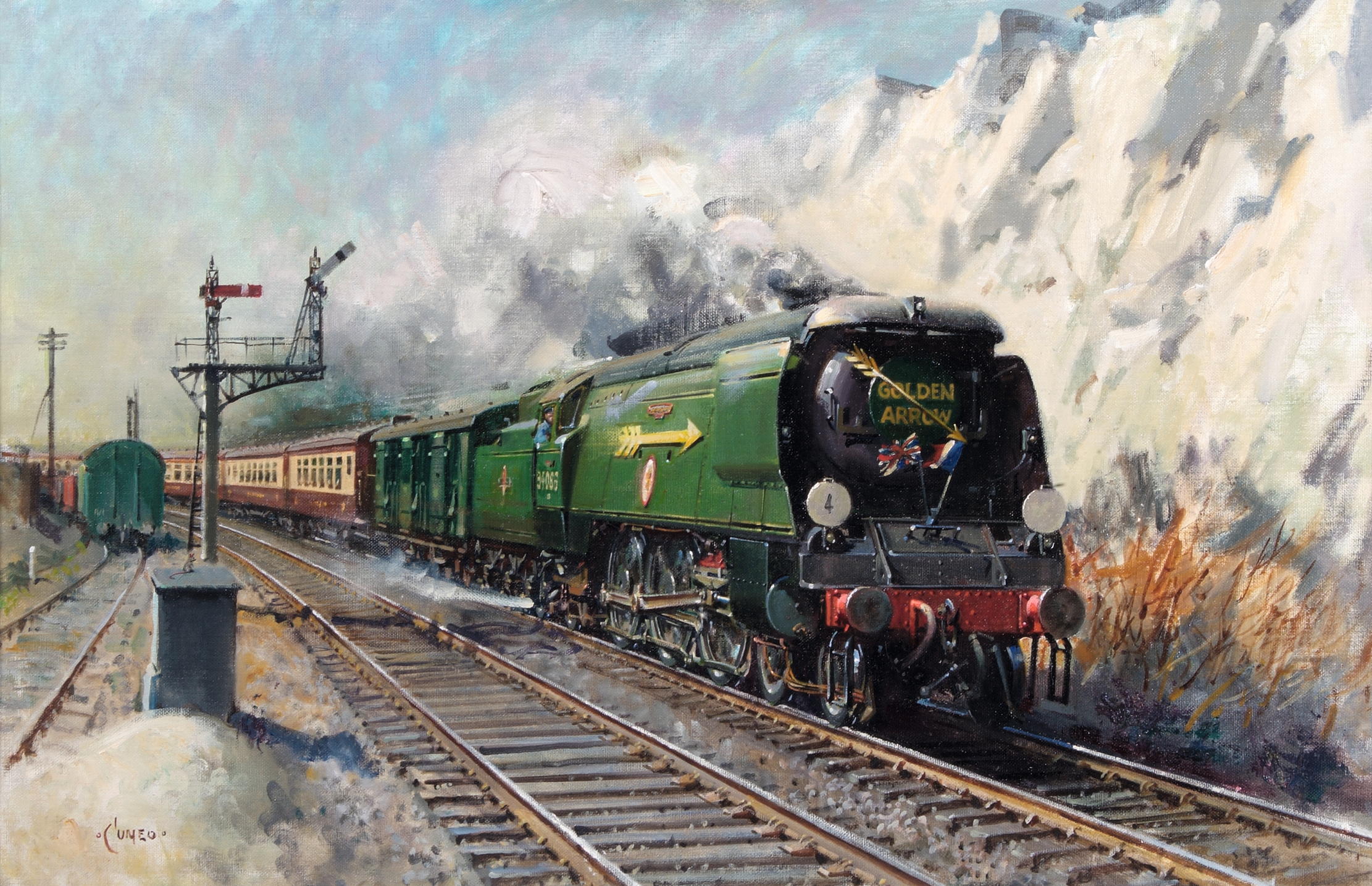
Full steam ahead: The art of rail
The railway may have started its artistic life as a fire-breathing monster that devoured the countryside, but it soon became
Catriona Gray is a journalist and author, and a regular contributor to Country Life. She has written for House & Garden, the World of Interiors, and the Financial Times, and was commissioning editor at Town & Country and Harper’s Bazaar.
